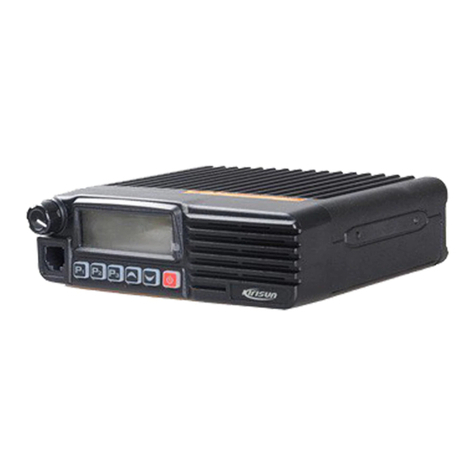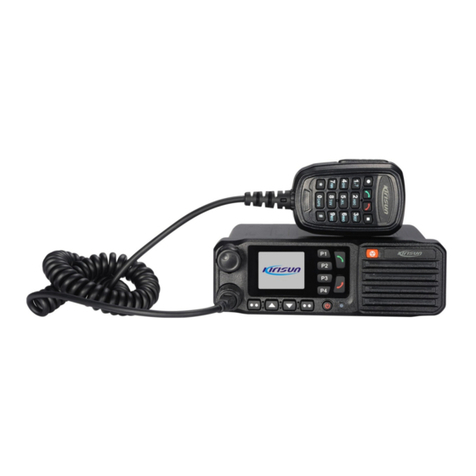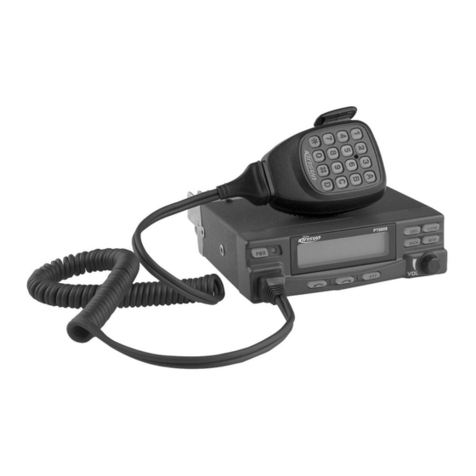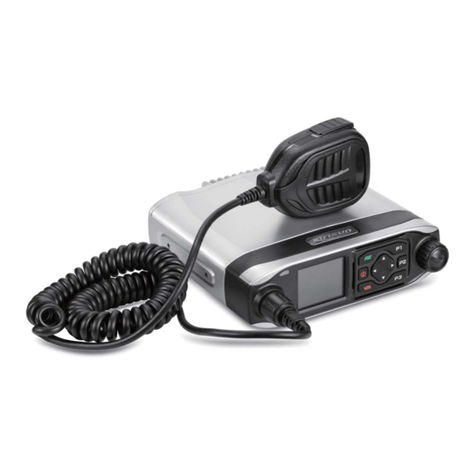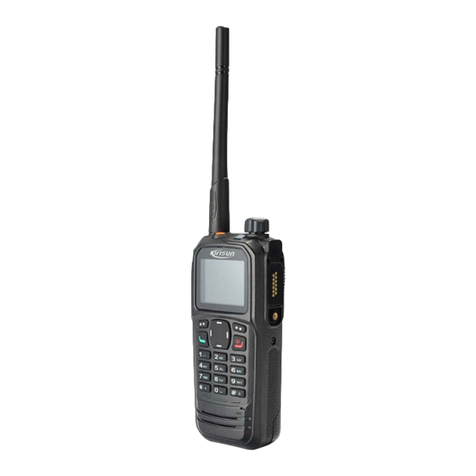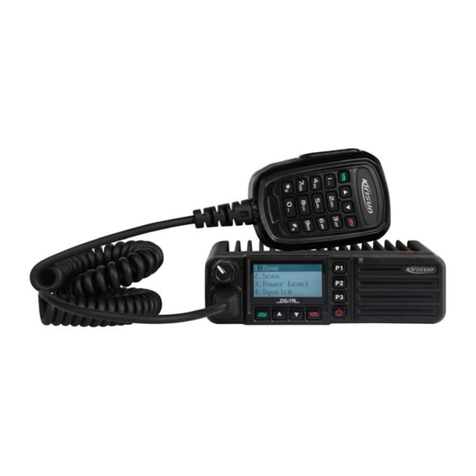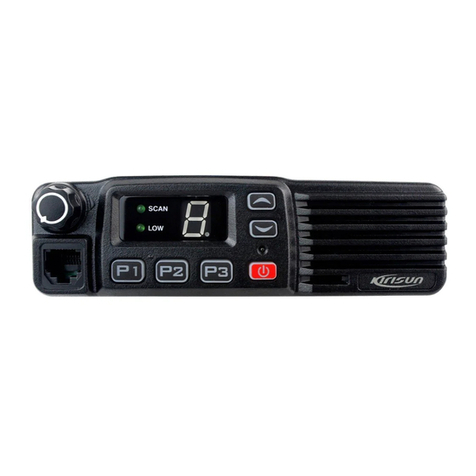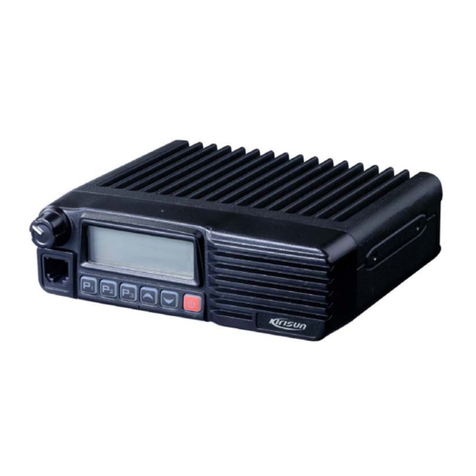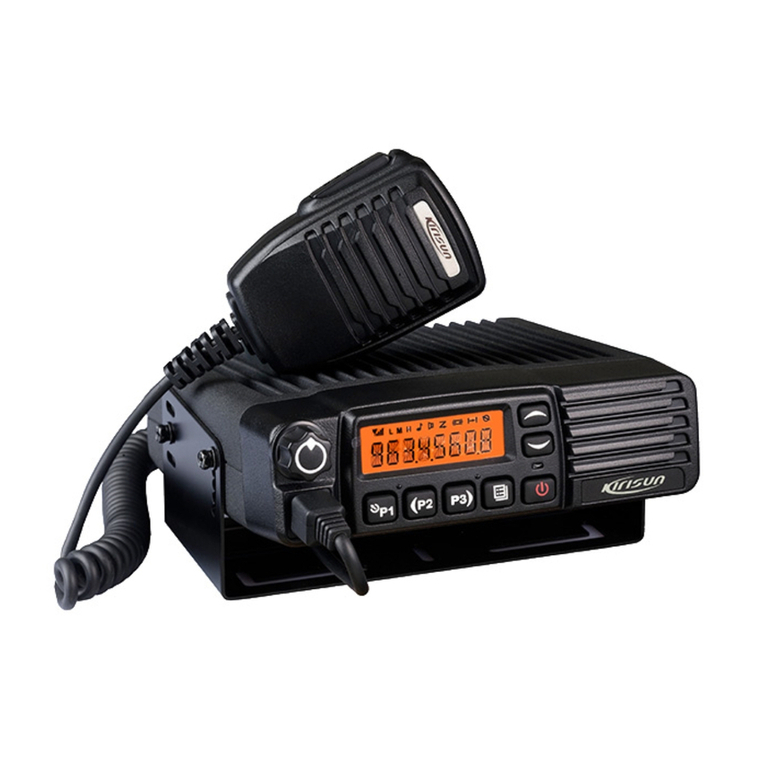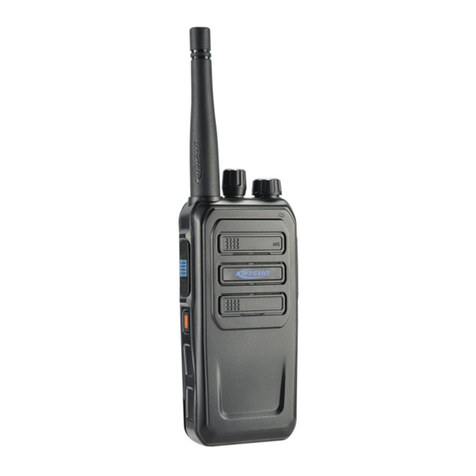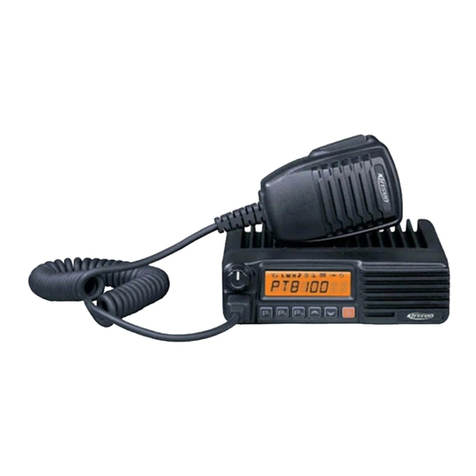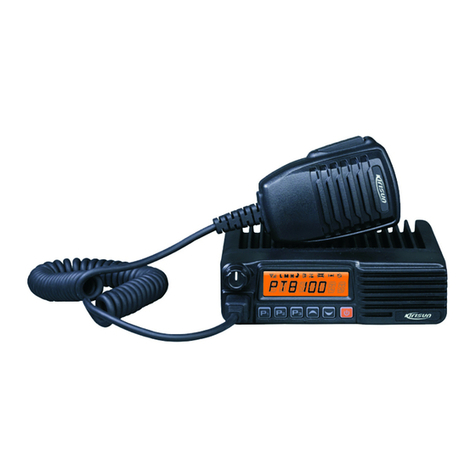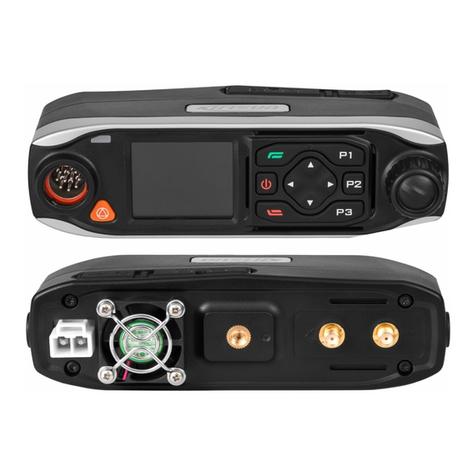
DP405 Service Manual
Contents
1. Overview................................................................................................................................................... 1
1.1. Range of Application........................................................................................................................... 1
1.2. Safety Precautions.............................................................................................................................. 1
1.3. Maintenance Service .......................................................................................................................... 2
2. Appearance and Keys.............................................................................................................................. 2
2.1. Appearance ........................................................................................................................................ 2
2.2. Programmable Keys ........................................................................................................................... 3
2.3. LED Indication..................................................................................................................................... 4
3. Basic Operation........................................................................................................................................ 4
3.1. Powering On/Off ................................................................................................................................. 4
3.2. Selecting a Channel............................................................................................................................ 4
3.3. Adjusting Volume................................................................................................................................ 4
3.4. Initiating a Call .................................................................................................................................... 4
3.5. Receiving a Call.................................................................................................................................. 4
3.6. Calling Back........................................................................................................................................ 5
4. Circuit Description................................................................................................................................... 5
4.1. Circuit Composition............................................................................................................................. 5
4.2. TX Circuit............................................................................................................................................ 5
4.3. RX Principle........................................................................................................................................ 6
4.4. Power Section..................................................................................................................................... 7
4.5. IC Characteristics
................................................................................................................................ 7
4.5.1. Characteristics of AT1846S....................................................................................................... 7
4.5.2. Port Description of AT1846S..................................................................................................... 8
4.5.3. Port Description of Master Chip HS8851 ................................................................................. 9
4.5.4. Function Description of Semiconductor Devices................................................................. 12
5. Specifications......................................................................................................................................... 13
5.1. Stun, Revive and Remote Monitor .................................................................................................... 13
5.2. Scan.................................................................................................................................................. 14
5.3. Zones................................................................................................................................................ 14
5.4. Settings............................................................................................................................................. 14
5.5. TOT (Time-out-timer)................................................................................................................... 15
5.6. Emergency Alarm.............................................................................................................................. 15
5.7. Setting............................................................................................................................................... 16
5.8. Firmware Upgrading ......................................................................................................................... 16
6. Assembly and Disassembly.................................................................................................................. 18
6.1. Installing/Uninstalling the Battery...................................................................................................... 18
6.2. Installing/Uninstalling the Antenna .................................................................................................... 19
6.3. Installing the Earphone ..................................................................................................................... 19
6.4. Detaching the Housing...................................................................................................................... 20
I
